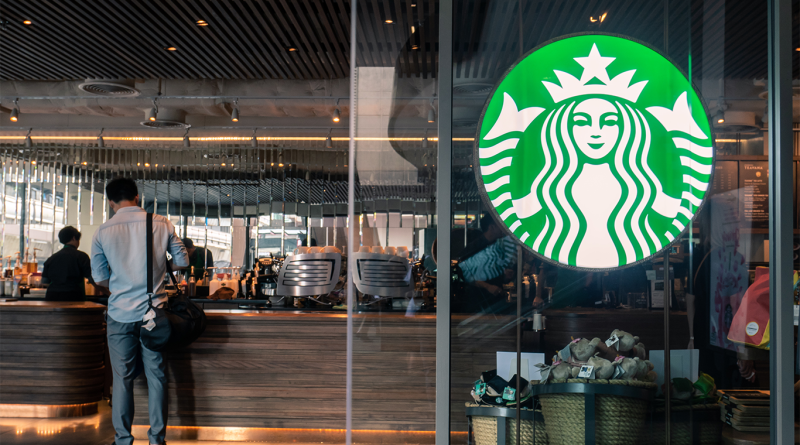Starbucks: In-Store Experience, New Policies and Free Refills
Starbucks is redefining what that the café experience looks like. With updated in-store policies, Starbucks is focusing on sustainability, customer satisfaction, and creating a refreshed coffeehouse atmosphere for its patrons. These changes represent a shift towards balancing operational needs, environmental responsibility, and the comfort of paying customers.
Promoting sustainability with reusable options
Sustainability has been at the core of Starbucks’ mission for years, and the latest updates reaffirm its commitment to the planet. In 2025, Starbucks has reintroduced ceramic mugs and glassware for customers enjoying their beverages on-site.
This policy supports Starbucks’ long-term goal of cutting its waste footprint in half by 2030. Single-use cups have long been a challenge in the coffee industry, with billions of them ending up in landfills each year. By encouraging in-store customers to use ceramic mugs or reusable cups, Starbucks is taking a clear stand for sustainability. The company hopes this change will inspire customers to adopt eco-friendly habits, creating a ripple effect beyond its stores.
Free refills policy: A new perk for staying in-store
As part of its push to improve the customer experience, Starbucks has introduced a new free refill policy for patrons who choose to enjoy their coffee in-store. Customers can now receive unlimited refills of hot or iced brewed coffee and tea during the same visit, provided they are using in-house ceramic mugs or personal reusable cups. However, the policy has its limits. Specialty beverages, such as Cold Brew, Nitro Cold Brew, iced tea lemonades, and Starbucks Refreshers, are excluded from the free refill program.
This new perk also fosters a sense of community within Starbucks locations. By encouraging customers to enjoy their beverages in-store, Starbucks is creating a more social and connected atmosphere reminiscent of the traditional coffeehouse experience.
Revised code of conduct for paying customers
In a significant departure from its 2018 open-door policy, Starbucks has updated its Coffeehouse Code of Conduct to prioritize paying customers. Access to seating areas, restrooms, and patios is now limited to those who make a purchase. This shift is designed to ensure that the spaces within Starbucks cafés remain available and welcoming for customers who actively engage with the business.
The updated code also outlines clear behavioral expectations to maintain a safe and comfortable environment. Disruptive behaviors, such as smoking, vaping, alcohol consumption, and harassment, are strictly prohibited within Starbucks locations. These guidelines are part of Starbucks’ broader effort to create an inclusive yet structured atmosphere for both customers and employees. While some critics may view these changes as restrictive, Starbucks sees them as necessary steps to balance customer comfort with operational efficiency.
Employee training for a seamless transition
Recognizing the importance of its workforce in implementing these changes, Starbucks has made significant investments in employee training. Baristas are undergoing specialized workshops focused on conflict de-escalation and customer service excellence, while store managers are receiving comprehensive training to ensure they can handle more complex situations.
Baristas are completing three-hour sessions designed to equip them with the skills to navigate challenging customer interactions and uphold the new policies with confidence. Store managers, on the other hand, are receiving 40 hours of training that covers everything from enforcing the updated code of conduct to fostering a positive workplace culture.
Starbucks’ 2025 policy updates represent a thoughtful reimagining of what it means to be a modern coffeehouse. By promoting sustainability through reusable options, rewarding customers with its free refill program, and maintaining a structured yet inclusive environment with its updated code of conduct, Starbucks is setting a reimagined experience in the industry.
Sources:
To keep up-to-date with our latest food industry news, subscribe to our newsletter today.
